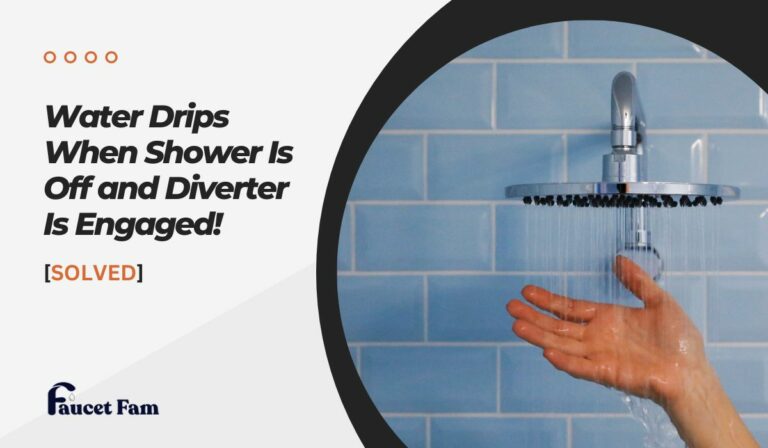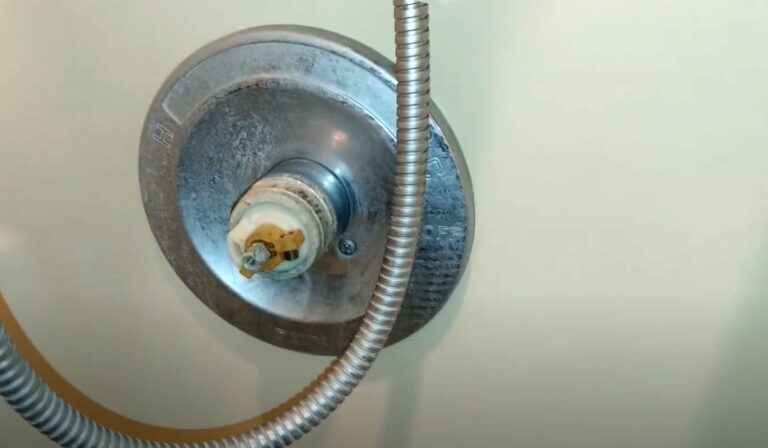Is It Normal for Hair to Fall Out in Shower
Yes, it’s normal to lose some hair in the shower because hairs naturally shed during your hair’s growth cycle. You can expect about 50 to 100 hairs to fall out when you wash, as water and shampoo loosen the hairs ready to shed. It’s usually nothing to worry about unless you notice large clumps or sudden changes. Understanding what affects this shedding can help you manage it better and know when to take action.
Understanding the Hair Growth Cycle
Although losing hair can feel alarming, it’s important to understand the hair growth cycle to put things into perspective. Your hair goes through three main phases: anagen, catagen, and telogen.
During the anagen phase, your hair actively grows for several years. Then, it enters the catagen phase, a short transitional period when growth stops. Finally, during the telogen phase, your hair rests before eventually shedding to make way for new growth.
At any moment, some hairs are growing while others are resting or shedding. This natural cycle means you’ll lose hair daily, even if it’s barely noticeable.
Knowing this helps you realize that shedding hair in the shower isn’t necessarily a sign of a problem—it’s just part of how your hair renews itself.
How Much Hair Loss Is Considered Normal?
How many hairs falling out in the shower should you expect before it becomes a concern? On average, losing about 50 to 100 hairs daily is normal. These hairs are usually ones that have naturally reached the end of their growth cycle.
When you shower, washing your hair can loosen these strands, making the hair fall more noticeable. If you notice hair shedding consistently stays within this range, there’s typically no cause for worry.
However, if you observe a sudden increase or see large clumps coming out, that might signal an issue worth addressing. Tracking your hair loss over time helps you understand what’s normal for you and when to consider seeking advice from a healthcare professional.
Reasons Hair May Fall Out More in the Shower
Because your hair naturally sheds throughout the day, you might notice more strands falling out when you shower and wash your hair.
When you run your fingers through wet hair, it’s easier to see loose strands that were already ready to fall out. The water and shampoo can also loosen hairs that were barely attached, making shedding more apparent.
Additionally, the mechanical action of massaging your scalp can dislodge hairs in the telogen (resting) phase.
Wet hair is more fragile, so it can break more easily if you’re too rough while washing or combing.
This combination of factors means the shower is a moment when shedding becomes visible, but it doesn’t necessarily mean you’re losing more hair than usual.
Common Factors That Increase Hair Shedding
If you notice more hair shedding than usual, several common factors could be at play. Stress is a major culprit; when you’re under pressure, your hair’s growth cycle can be disrupted, causing more strands to fall out.
Changes in your diet can also impact hair health—lack of essential nutrients like iron or protein weakens your hair. Hormonal fluctuations, such as those during pregnancy or menopause, often increase shedding.
Overstyling or using harsh hair products can damage your hair, making it more prone to breakage and loss. Even frequent washing with hot water can strip your scalp’s natural oils, leading to dryness and breakage.
Understanding these factors helps you take steps to minimize shedding and keep your hair healthier over time.
When Hair Loss Could Indicate a Health Issue
When you notice sudden or excessive hair loss, it could signal an underlying health problem that needs attention. If your hair falls out in clumps during showering or you see more strands than usual on your brush, don’t ignore it.
Conditions like thyroid disorders, hormonal imbalances, or autoimmune diseases can disrupt your hair’s growth cycle. Nutritional deficiencies, especially low iron or vitamin D, might also contribute.
Stress and certain medications can trigger hair loss too. If you experience other symptoms like fatigue, scalp irritation, or changes in your skin, consult a healthcare professional.
Early diagnosis and treatment can prevent further hair loss and address the root cause. Remember, while some shedding is normal, persistent or unusual hair loss warrants a closer look at your health.
Tips to Minimize Hair Loss During Showering
Although some hair shedding during showering is normal, you can take simple steps to reduce excessive loss. First, use lukewarm water instead of hot—it’s gentler on your scalp and hair follicles. Choose a mild, sulfate-free shampoo to avoid stripping natural oils.
When washing, massage your scalp gently with your fingertips rather than scratching with nails, which can cause breakage. Avoid vigorous rubbing or scrubbing of your hair; instead, let the shampoo run through your strands.
After showering, pat your hair dry with a soft towel instead of rubbing it harshly. Comb your hair with a wide-tooth comb while it’s damp to prevent unnecessary pulling. These small changes can help maintain your hair’s strength and reduce the amount you lose during showers.
When to Consult a Specialist About Hair Loss
Deciding to see a specialist about hair loss can feel daunting, but recognizing certain warning signs helps you take timely action. If you notice sudden or excessive hair shedding beyond the normal 50-100 strands daily, it’s a signal to consult a dermatologist or trichologist.
Pay attention if your hair starts thinning in patches or you see significant scalp visibility. Also, if your hair loss is accompanied by itching, redness, or pain, it could indicate an underlying condition needing medical attention.
Don’t wait if you experience these symptoms for several weeks or months. Early diagnosis can prevent further loss and improve treatment outcomes.
Frequently Asked Questions
Does the Water Temperature Affect Hair Fall During Showering?
Yes, water temperature affects hair fall during showering. Hot water can weaken hair strands and irritate your scalp, causing more shedding. You should use lukewarm water to keep your hair healthy and minimize breakage.
Can Certain Shampoos Cause More Hair to Shed in the Shower?
Yes, certain shampoos can cause more hair to shed if they contain harsh chemicals or irritants. You should choose gentle, sulfate-free formulas to protect your scalp and hair, reducing unnecessary shedding during showering.
Is It Normal to Find Hair in the Shower Drain Daily?
Yes, you’ll often find hair in the shower drain daily because shedding about 50-100 hairs per day is normal. If you notice a sudden increase, though, you might want to check your hair care routine or consult a specialist.
How Does Hair Texture Influence Shedding in the Shower?
Your hair texture affects shedding because curly or coarse hair tends to tangle and break more easily in the shower, while straight hair might shed less visibly. So, your hair type influences how much you notice falling out.
Does Brushing Hair Before Showering Reduce Hair Loss?
Yes, brushing your hair before showering helps remove loose strands, reducing hair loss during washing. It also detangles your hair, making it less prone to breakage when wet, so you’ll likely see less shedding overall.
Conclusion
It’s totally normal to notice some hair falling out in the shower since shedding is part of your natural hair growth cycle. However, if you see a sudden increase or clumps of hair coming out, it could be a sign of an underlying issue. Taking gentle care while washing and using the right products can help minimize loss. If you’re worried or hair loss persists, don’t hesitate to consult a specialist for proper advice and treatment.


